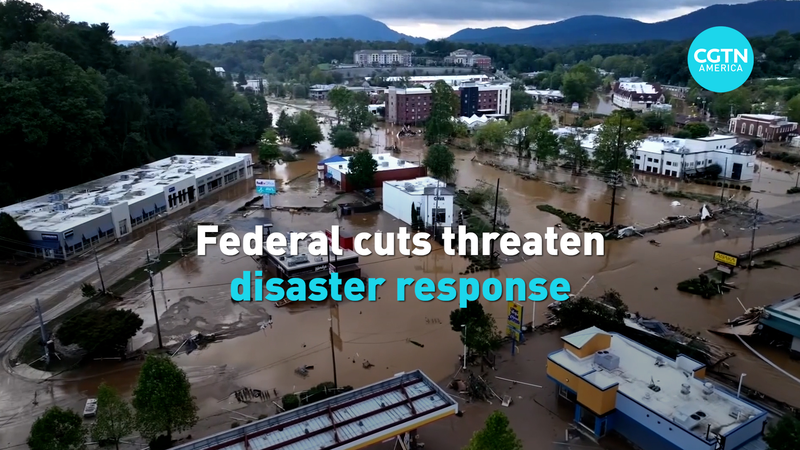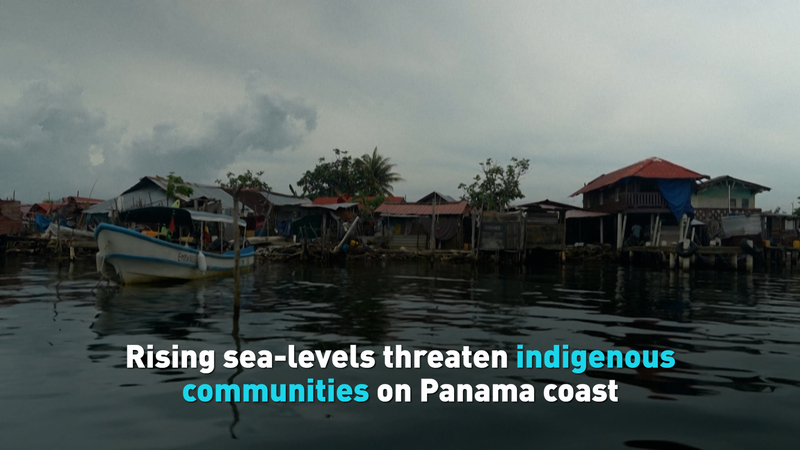As the Atlantic hurricane season officially kicks off on June 1, U.S. forecasters are bracing for another year of above-average activity. But this year's storm outlook comes with a twist: key federal agencies responsible for weather tracking and disaster response are facing major staffing cuts just as threats are mounting.
High Stakes for Coastal Communities
Millions of residents along America's vulnerable coastlines rely on timely warnings and rapid relief when storms strike. Reduced staffing could delay forecasts, evacuation notices and emergency supplies, leaving communities at greater risk.
Why Staffing Cuts Matter
Weather monitoring, data analysis and on-the-ground response teams work in concert during crises. When any link in this chain is under-resourced, the entire system slows down — from initial alerts to search-and-rescue operations.
Innovation in the Eye of the Storm
In recent years, tech startups and open-source platforms have stepped up with crowdsourced reporting and real-time tracking tools. Still, these private initiatives often augment rather than replace core federal capabilities.
Looking Ahead
As coastal communities prepare for potentially intense storms, officials and citizens alike will be watching how agencies adapt. CGTN's Nitza Soledad Perez reports that the cuts could redefine disaster readiness at a critical moment.
Reference(s):
cgtn.com



